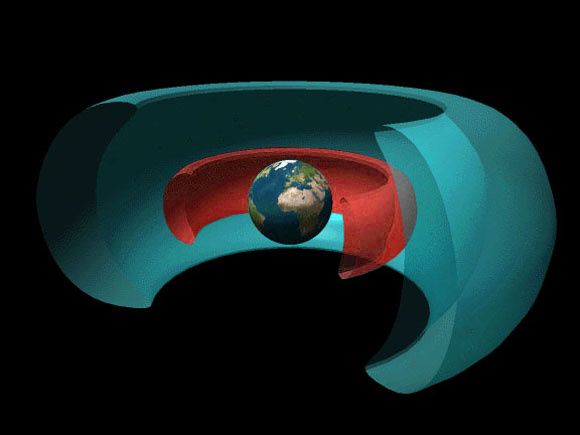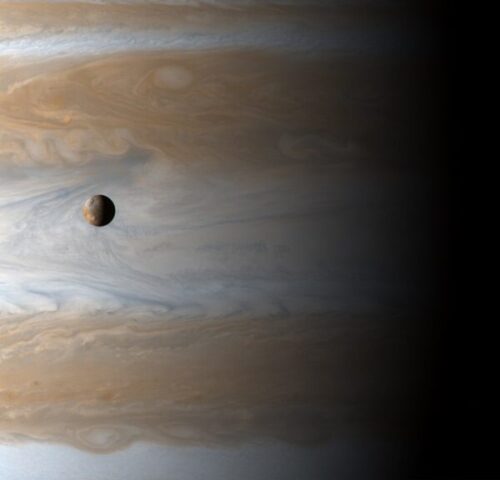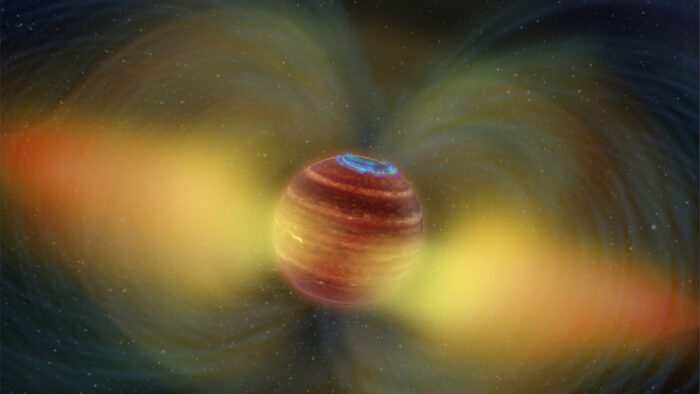May 6 to 21 is Science Odyssey, a celebration of all things science! OWLconnected is recognizing this two-week event with lots of science content, as well as with an amazing contest, presented by our friends at the Natural Sciences and Engineering Research Council of Canada (NSERC). Details are at the end of this post—be sure to enter!
Exoplanets are planets that are found outside our solar system.
Astronomers have long guessed other planets were out there surrounding the billions upon trillions of stars in the universe. How could they not be?
But the first one of these wasn't actually discovered until 1995. Since then—especially in the last decade—the hunt for these worlds has really taken off! As of May 2023, there are over 5,300 confirmed exoplanets. And that list is growing almost daily.
(By the way, for a really cool insight into planet hunting, read our interview with Michelle Kunimoto. She does it for a living!)
Of course, discovering that these planets exist is one thing. Learning more about what each of them is like is the really fun part! (Would you believe that there is a world that rains iron?)
A new study from a group of American astronomers has discovered a Jupiter-sized object (called LSR J1835+3259, hopefully they'll work on that name) that is surrounded by an extraordinary radiation belt.
Found 18 light years from Earth, it is the first radiation belt found outside of our solar system. It is so brilliant and powerful, it is about 10 million times brighter than the one that surrounds Jupiter!
What is a radiation belt?

The Earth is surrounded by a pair of radiation belts called the Van Allen belts. These two belts deflect harmful radiation from the Sun, protecting our atmosphere. (Wikimedia Commons)
A radiation belt is something that several planets in our solar system have, including Earth. The key to forming one is to have a magnetic field.
The Earth's magnetic field is generated by forces within its iron core. The core acts as a giant magnet, which creates a field around the planet. This field captures trillions of ionized electrons and protons that are shot out from the Sun. And these particles then surround Earth in a pair of radiation belts, which in our planet's case are called the Van Allen belts.
Jupiter is another planet than has a radiation belt, although in its case, it receives many of its particles from its volcanic moon.
And now we've found the first example of such a belt outside our solar system! But though LSR J1835+3259 is Jupiter-sized ... what is it actually?
Is it a planet or ...?

Jupiter's radiation belt collects ionized particles spat out by its volcanic moon, Io. (NASA/Wikimedia Commons)
The first thought when encountering something the size of LSR J1835+3259 is that it is an exoplanet of some kind. But this object seems to be something else.
Though it is the size of Jupiter, it is 80 times more massive. This means it has 80 times the matter squeezed into the same space (though Jupiter is huge, it is made of mostly gas).
In the case of LSR J1835+3259, the astronomers think that it might not be an exoplanet at all, but a brown dwarf. This is a star-like object that also is not able to start its own nuclear fusion (fusion is what powers the Sun and all other stars.). It is somewhere between a dead star and an enormous gas giant planet.
Another question that the astronomers have is how this radiation belt is so brilliant. Remember, the particles in a radiation belt have to come from somewhere other than the world itself, like a star or a volcanic moon. But LSR J1835+3259 doesn't appear to orbit any star. Is there a volcanic world that is orbiting it, spewing huge amounts of ionized particles into space for it to capture?
Sounds like more work for planet hunters!
Contest alert
Don't forget to enter the Science Odyssey Contest! CLICK HERE TO ENTER.

 An artist's concept of the radiation belt of LSR J1835+3259. (Chuck Carter, Melodie Kao, Heising-Simons Foundation)
An artist's concept of the radiation belt of LSR J1835+3259. (Chuck Carter, Melodie Kao, Heising-Simons Foundation)









